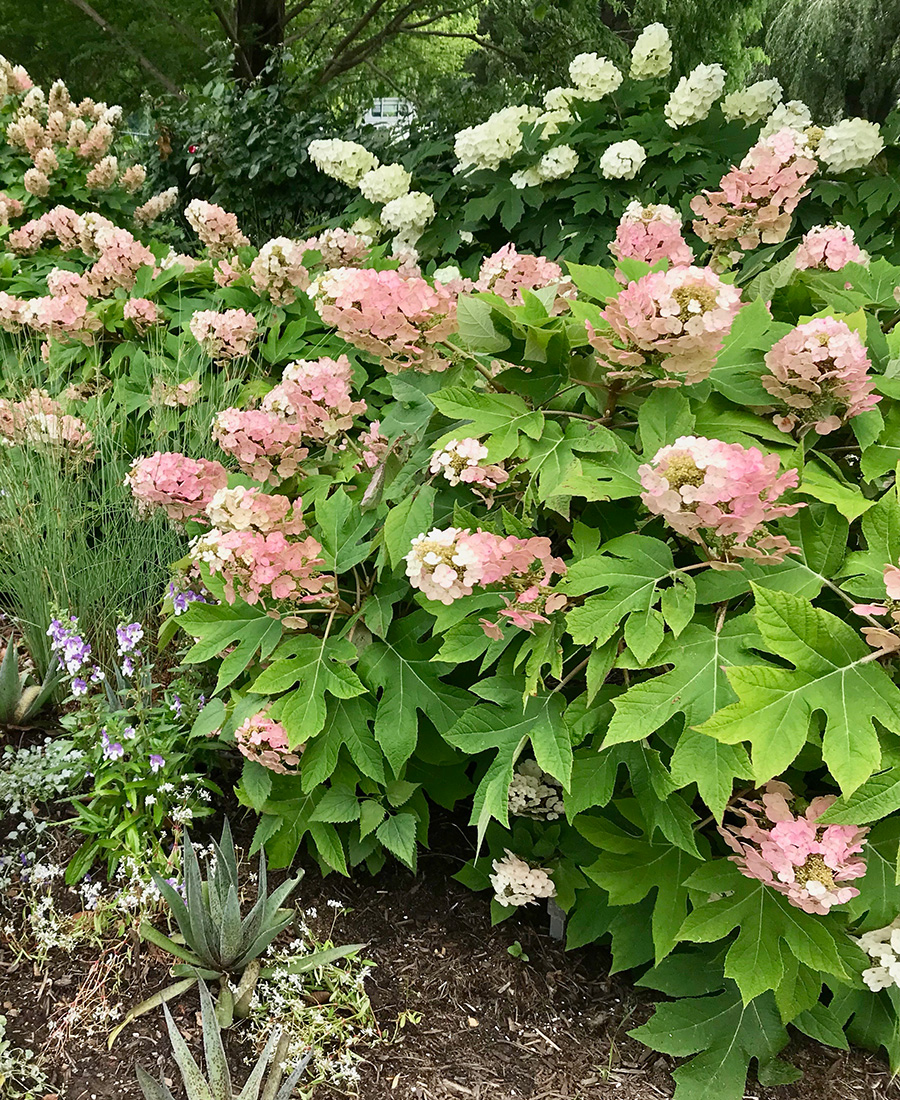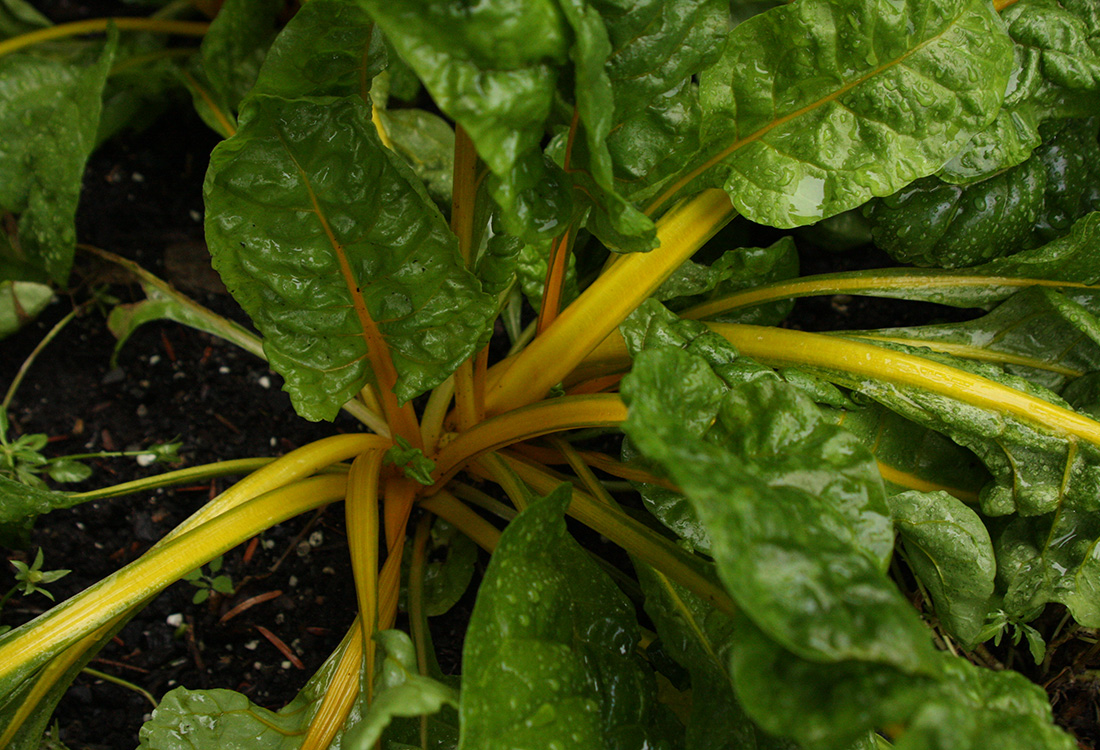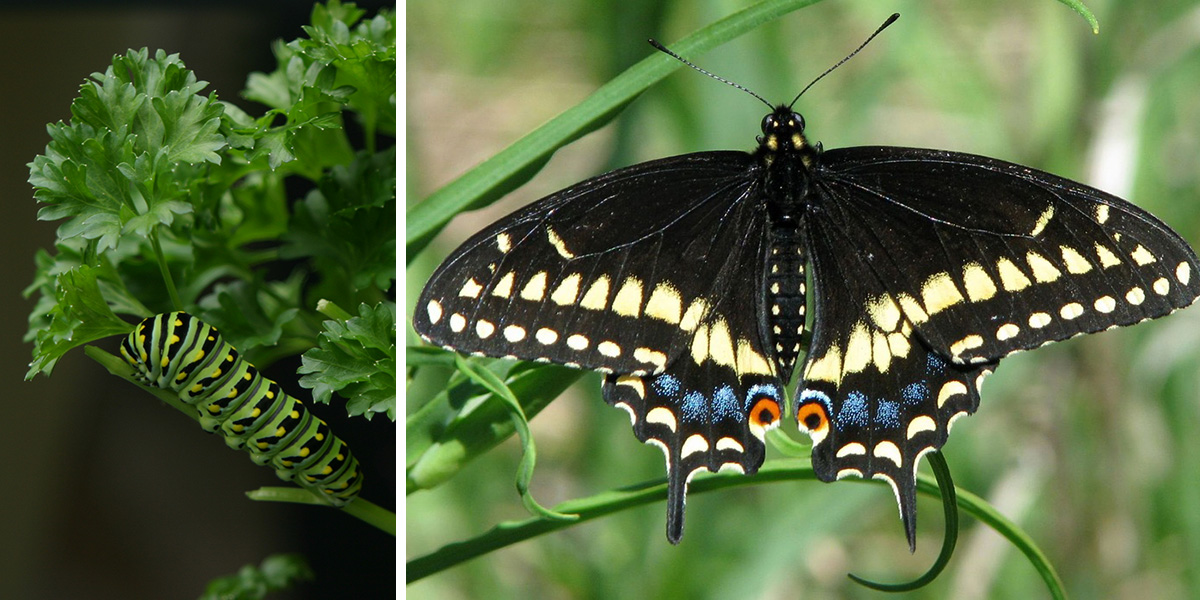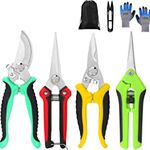
July is sneaky. Wasn’t it just May? One day we open our eyes and we are smack dab in the middle of the year. High summer is here, and there is plenty to do in the garden. Despite that, I hope you also take some time to enjoy the fruits of your gardening labor.

Rejuvenate annuals. Cut back early planted annuals that are getting leggy to keep them looking good into the fall. Most can be cut back by at least one-third. Follow this by giving them a shot of a water-soluble fertilizer. Good candidates for this treatment include
- Impatiens (Impatiens spp. and cvs., Zones 10–11)
- Salvia (Salvia spp. and cvs., annual)
- Sweet potato vine (Ipomoea batatas cvs. Zones 9–11)
- Trailing or ground-cover-type petunias and herbs

Avoid pruning spring-flowering trees and shrubs. The window for pruning any spring-flowering trees or shrubs without impacting next year’s bloom is now closing. I tend to recommend July 4 as an easy date to remember to stop all pruning for anything that is early spring–flowering. Make sure you research the specific needs of any plant before you start pruning. Learn more about when not to prune here.

Prune certain hydrangeas. If you have native oakleaf hydrangea (Hydrangea quercifolia) or any mophead or bigleaf hydrangea (Hydrangea macrophylla) in your landscape, now is a good time to shape them up. Typically, neither of these species need much pruning. However, if yours is severely misshapen or oversized, do some maintenance pruning. However, know that if you overprune either of these two species, they may take several years to fully recover.

Start seeding your fall veggie garden. As July comes to a close, start thinking about seeding a first round of fall veggies into seed trays. Broccoli, cabbage, cauliflower, and kale can then be planted out into the garden near the end of August. Think about trying ornamental varieties of cool-season crops such as purple kale or varieties of Swiss chard with colorful foliage and stems. These plants make wonderful additions to fall and winter containers, often persisting until spring.

Cut flowers for indoor displays. With any luck, your garden is bursting with color. Try your hand at floral design by using botanicals from your garden. This is a great way to showcase what you are growing. Cut flowers for bouquets early in the morning. Immediately place them in water. The beginning of July is a great time to plant sunflowers with cut flowers in mind for fall. Choose varieties with relatively short days to maturity (DTM). You can find several gorgeous varieties that will mature in 50 to 60 days.

Be on the lookout for caterpillars. This is a great month to start looking for caterpillars in the garden. You may see green caterpillars that are precursors to beautiful swallowtail butterflies, or monarch caterpillars on milkweed (Asclepias spp. and cvs., Zones 3–9). You can find many different kinds of species of caterpillar between now and September. A lot of the fun is spotting the caterpillar and identifying what kind of butterfly it will eventually become. If you are lacking in butterflies and caterpillars in your garden, do some research and add specific host plants that attract the butterflies you desire.
—Andy Pulte is a faculty member in the plant sciences department at the University of Tennessee.
Fine Gardening Recommended Products

DeWalt Variable-Speed Cordless Reciprocating Saw with 6-Piece Saw Blade Set
Fine Gardening receives a commission for items purchased through links on this site, including Amazon Associates and other affiliate advertising programs.

Sun Joe Cordless Telescoping Pole Chain Saw
Fine Gardening receives a commission for items purchased through links on this site, including Amazon Associates and other affiliate advertising programs.

5 pack Garden Pruning Shears Stainless Steel Blades
Fine Gardening receives a commission for items purchased through links on this site, including Amazon Associates and other affiliate advertising programs.



















Comments
Log in or create an account to post a comment.
Sign up Log in